Your hiking boots should not only be comfortable but well-fitting too. The footwear you wear on the mountain, including your Kilimanjaro boots, is crucial.
In this comprehensive article, we recommend the best hiking boots on the market for climbing Kilimanjaro and we also go through the essential qualities to look for in a pair of boots and offer suggestions for high-quality yet reasonably priced footwear.
Keep in mind that your feet are what will get you to and from the summit of Mount Kilimanjaro, so be sure to heed the advice in this article to avoid foot pain, blisters, and toenail loss.
It is crucial to wear the appropriate footwear. Since you spend a lot of time each day hiking in your boots, if they don’t fit well or perform as intended, this might lead to foot issues. Bad footwear may completely destroy your trek up Kilimanjaro in addition to being a hassle. Therefore, you should be sure to choose a high-quality item.
Choosing the best boot for your climb
Hiking boots are not simply ordinary boots that you wear on the route; rather, they are footwear designed specifically for difficult hiking conditions. Although there are many other types of shoes you may wear to climb Mount Kilimanjaro, such as hiking boots or running shoes, the majority of tourists opt to wear robust, high-cut boots that are waterproof.
Back in the day, hiking boots were rather cumbersome. But today’s improvements in shoe technology have taken the place of the previous components that gave stability to a boot. Hiking boots are lighter as a result, yet they still provide a lot of support.
We advise going to a store that offers hiking gear first. Many of these places have salespeople who can suggest certain brands, inclined platforms for testing, and a large variety.
None of this should frighten you. In the end, there are just a few questions you need to ask to distinguish between a decent pair of Kilimanjaro boots and a not-so-excellent pair.
- They’re water-resistant.
- Are they airtight or breathable?
- Do they adequately support your ankles?
- Do they offer adequate traction?
- What is their weight?
- How do they fit?
Boots for climbing Kilimanjaro
Three qualities, in particular, are important to look for in a pair of hiking boots. Making sure they fit and are of good quality are determined at the time of purchasing for the first two. Try them out and use them to get used to them, the final step is totally up to you.
If one of these three qualities is off, you run the danger of suffering from blisters, losing toenails, back discomfort, and uncomfortable feet.
Let’s discuss each quality listed below:
Make sure they fit
The simplest method to determine whether a boot fits comfortably is to slide your foot all the way forward until your toes contact the front of the boot (make sure you are wearing an average cushioned sports sock). Next, place your index finger between your heel and the boot support at the back of the boot.
You may easily insert your finger inside a boot that fits perfectly without encountering too much resistance.
Unfortunately, the boot is too small if your index finger cannot fit down the back of it. The boot is probably too large if your index finger fits into the rear of it much too easily. Your index finger should fit inside the rear of the boot for the ideal fit.
Though not scientific, this is a decent approximation for boots that fit comfortably.
Focus on quality
It’s not necessary to spend a lot of money to acquire high-quality footwear; in fact, you may get some excellent trekking boots at reasonable prices. The following design elements are seen in high-quality boots:
Medium-to-high tops help support the ankles when studying. The heavier the boot, the higher the top.
For improved grip, a boot’s sole should include a lot of rubber and have deep lugs; the heavier the lugs, the heavier the boot.
Medium to heavy weight: Although the added weight of the footwear might make hiking more difficult, heavier boots are ideal for durability and comfort. We advise selecting a medium-weight boot.
Waterproof: Although it is now fairly conventional, it is always a good idea to get boots made of GoreTex for enhanced waterproofing. Your feet will remain dry if you wear waterproof socks with them.
D-Strings and speed hooks should be used in the lacing system for faster lacing and improved ankle support.
Try them out and actually use them
The next step is to break in your boots when you have found a pair that fits well and has qualities comparable to those listed above. Under no circumstances should you travel to Kilimanjaro with brand-new, unworn hiking footwear.
Wearing boots as much as you can before your hike is the best way to break them in. You should walk for 4-5 hours each day on 2-3 long-distance hikes during that period.
You will know that your boots are properly broken in when the inside soles begin to mold to the bottom of your foot.
The following are qualities to look for when you are trying out your boots:
- Snug yet not stiff should be how the boot feels. The boot has to be cozy and snugly fit around your ankle and instep. It shouldn’t bind or pinch. Your foot’s sides should be tight and the arch should be properly supported.
- The foot should be gripped firmly with room for the toes to move. The front tip of the shoe, the sides, or the toe boxes should not be touched or bumped. Check to see whether your toes are tight by wriggling them.
- The boot should be flexible enough for the foot to move around a little within, but not too much so that it can slide back and forth. Make sure your toes don’t slip forward and stand up on the balls of your feet. Keep in mind that as you use boots, they will get more flexible.
Put the boot on, but don’t lace it up, as this is the traditional way to check for fit. Put your toes in the boot’s front. At this stage, your pointer finger ought to fit snugly behind the heel. Try a half size bigger if it’s too snug to get your finger in. Try a half-size smaller if you can easily fit more than one finger inside. Once more, proper hiking footwear should be snug but not too tight.
Waterproofing
You must wear waterproof footwear. You’ll be hiking through a jungle, maybe in the midst of snow and rain.
Don’t assume that all hiking footwear are waterproof. Many companies utilize fabrics that are quick to dry, breathable, and not waterproof. Always make sure.
Breathability
In hotter conditions, such as those you would experience at lower elevations, breathable boots release heat to keep your feet cool. On Mount Kilimanjaro, breathability is good to have, but many of our favorite boots are constructed of waterproof and breathable fabrics, such as Gore-Tex.
Ankle Support
The support increases with the height of the cuff—the portion that goes around your ankle. Kilimanjaro is covered in frozen stretches, rocky passes, and pathways littered with tree roots. A boot with a high cuff will provide plenty of support.
Consider the boot material
Leather or synthetic materials are the two main types of materials used to make boots. Cowhide is the most common type of animal skin used to make leather footwear. Conversely, synthetic boots are constructed of plastic, such as nylon, polyester, or a type of synthetic leather. Mount Kilimanjaro is a suitable place for both kinds of materials.
Walking boots made of leather feel more robust and durable. Due to their robust, waterproof surface, they offer higher weather protection than synthetic boots. Due to the inherent properties of leather, they are warmer (less breathable) than synthetics. It might take a lot longer to break in leather boots since they are stiffer. Some people think this makes them feel less comfortable. They are typically more costly, heavier, and bulkier as well.
Synthetic boots allow your natural foot mobility more readily since they are constructed from softer, more flexible materials. They are still waterproof but frequently lighter and more breathable. They also don’t need much, if any, in the way of a break in time to feel at ease. They are often less robust and won’t last as long as leather boots because of their out-of-the-box comfort. Because they are often far less expensive to create, synthetic boots are more widely available.
Traction
Speaking of ice, the mountain is home to many slick spots, so choose boots with deeper lugs—the grooves in the rubber outsole.
But don’t go overboard! The boot is heavier the deeper the lugs are. We advise packing Yaktrax Diamond Grip Ice Cleats for when the paths get icy so you won’t have to rely only on your boot tread for grip if you follow our advice.
Weight
For your boot, there is no appropriate or improper weight. The materials used to make heavier boots are often stronger, long-lasting, and suitable for carrying bigger loads when trekking.
Weight, however, has a price. Every stride will need more effort from you, and they take longer to break into. Consider the weight while selecting a pair that will meet your needs, giving the more durable ones some time to break in.
Recommended Hiking Boots for Kilimanjaro
 Asolo TPS 520
Asolo TPS 520
On Mount Kilimanjaro, boots should be warm, waterproof, and cozy. And we discover that the Asolo TPS 520 Hiking Boot is a high performer for these qualities.
These full grain leather, high cut, heavy-duty boots include a breathable Gore-Tex membrane. These boots are really comfortable right out of the box, according to many. But before wearing your boots for a lengthy amount of time, always break them in.
Short of a climbing boot, the Asolo TPS 520 are the most resilient, protective, and supporting boot you can find. Except for the high asking price and weight, these boots don’t have many cons.
You can get these boots here for around $330 retail: Boots for hiking by Asolo TPS 520 for Men
 Salomon Quest 4D 3 GTX
Salomon Quest 4D 3 GTX
A comfortable boot featuring technology that lessens fatigue during the course of your climb is the Salomon Quest 4D 3 GTX. Actually, it’s a lightweight, padded shoe that has been modified for camping. This boot provides breathable, waterproof protection from the elements and is made of nubuck leather, a breathable textile top, and a Gore-Tex membrane.
You can get these boots here for around $230 retail: Boots Salomon Quest 4D 3 GTX
 Asolo Fugitive GTX
Asolo Fugitive GTX
The Fugitive GTX is another pair of boots from Asolo that we really enjoy. This boot has waterproof Gore-Tex fabric and water-resistant suede.
Compared to the TPS 520 model, it is significantly lighter and more flexible. On the mountain, reinforced rubber heels and toe boxes offer a dependable defense.
You can get these boots here for around $250 retail: Men’s Asolo Fugitive GTX Hiking Boots
 Lowa Renegade GTX
Lowa Renegade GTX
For climbing Kilimanjaro, use the Lowa Men’s Renegade GTX, Mid Boot, since it is a tough boot. A Gore-Tex waterproof and breathable fabric is attached to the nubuck leather top, and a full-length nylon shank provides stable support during the whole walk.
You can get these boots here for around $240 retail:
 KEEN Targhee III
KEEN Targhee III
This hiking boot has a mid-cut height and is constructed for comfort and performance. The breathability of the waterproof fabric allows your feet to stay dry. The tough outsole easily penetrates the Kilimanjaro terrain. These shoes will still feel comfortable even if you wear them all day and all night. Due to their modest weight, they will lessen the wear and tear that heavier boots occasionally cause.
You can get these boots here for around $150 retail: Targhee KEEN III
Additional Important Footwear
Obviously hiking boots are an integral part of climbing Mount Kilimanjaro, but you will need extra accessories to go with your boots, like socks and other footwear to use after you remove your boots after a long day of trekking. Below are some of the important footwear for climbing the mountain.
Running shoes or hiking sandals
You’ll want to remove your trekking boots as soon as you get at your camp each evening so you don’t have to put them back on until the following morning.
The issue is that you will want to stroll through the camp and maybe engage in some local exploration.
Bring simple hiking shoes or trainers that you may wear in camp and that can also be used as an alternate shoe for walking on flat terrain.
Merrell, Keen, and Salomon are reputable and reasonably priced brands.
Hiking socks
It’s crucial that you pack sturdy hiking socks. Avoid wearing cotton or cotton-blend socks since they absorb and hold onto moisture, leaving your feet damp and putting blisters at risk.
Since wool trekking socks are the greatest at wicking moisture away from the foot, we highly suggest them. Manufacturers of the best trekking socks include Darn Tough and Smartwool (Men’s and Women’s). Both manufacturers use very soft merino wool, which is wonderful for both comfort and performance, to create their socks. If you have a wool allergy, we recommend switching to an alternative made of acrylic or an acrylic blend, such as those from Wigwam (Men’s and Women’s).
Important traits to watch out for include:
smooth seams. Bulky seams are more likely to cause blisters because they increase friction.
Thick socks because they provide the foot additional padding
snug but not too tight
You’ll need to wear warm socks on summit night. The best material for warm socks is ragg wool. To help with wicking, some folks use a polypropylene lining. One pair of exceptionally thick or heavy thermal socks is advised; the heavier SmartWool varieties are the best. We advise bringing one pair of polypropylene liner socks when it comes to liner socks (see Coolmax Liners). Men’s and women’s alternatives are available.
Note: You may use the additional pair of thermal socks to keep your water bottle warm (see Other accessories to find out how)
Gaiters (Optional)
Adjustable snow boot gaiters for hiking and hunting, as well as Hikenture Leg Gaiters with Waterproof Zipper, Anti-Tear Water-Resistant Hiking Gaiters, Breathable Shoe Gaiters for Men & Women (Black&Grey, M)
Waterproof garments known as gaiters stretch from your boot to your calf muscle. They serve to keep foreign objects out of your footwear (mud, water, rocks etc.). On Kilimanjaro, the routes are excellent, but if it rains, it’s probable that your shoes may become muddy and damp. This may be avoided using gaiters.
These gaiters are reasonably priced (pay no more than $30–$40).
Additional information
| Mountains | Mount Kilimanjaro, Mount Kenya, Mount Rwenzori, Mount Elgon, Mount Longonot, Oldonyo Lengai |
|---|

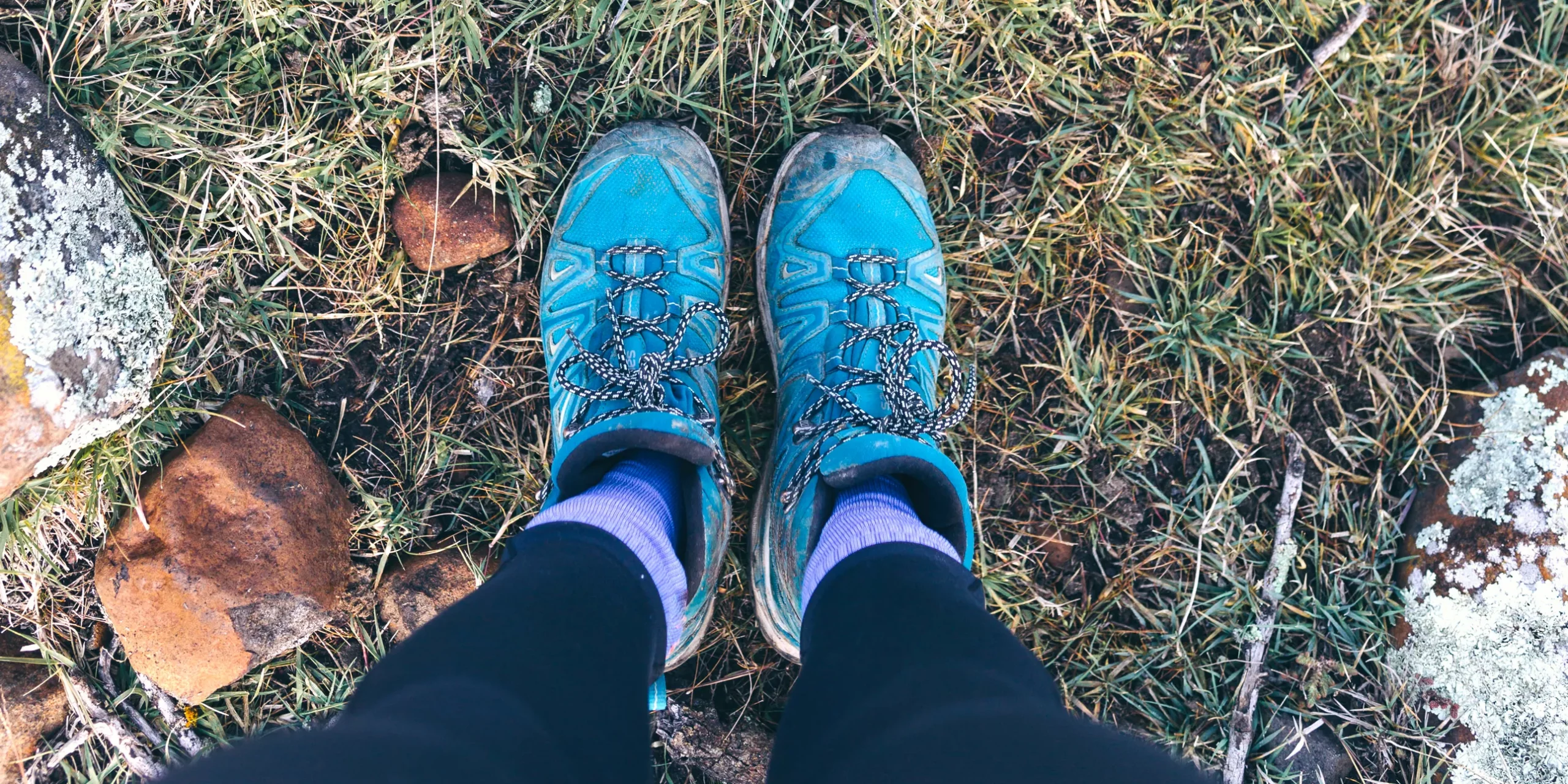
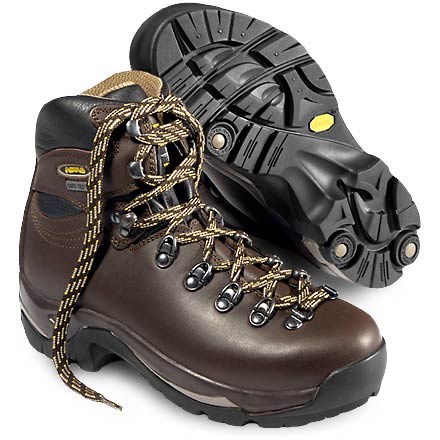 Asolo TPS 520
Asolo TPS 520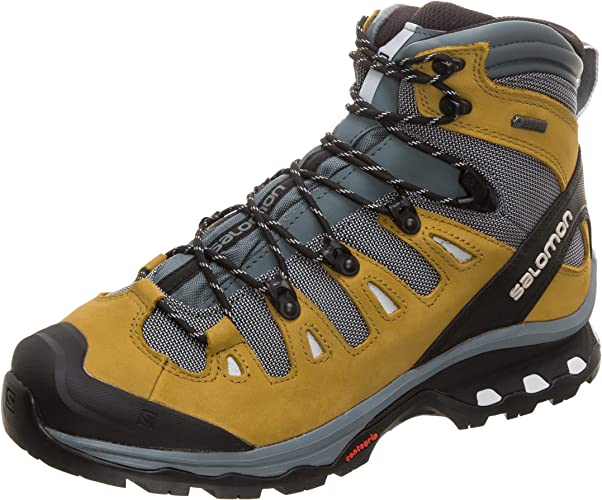 Salomon Quest 4D 3 GTX
Salomon Quest 4D 3 GTX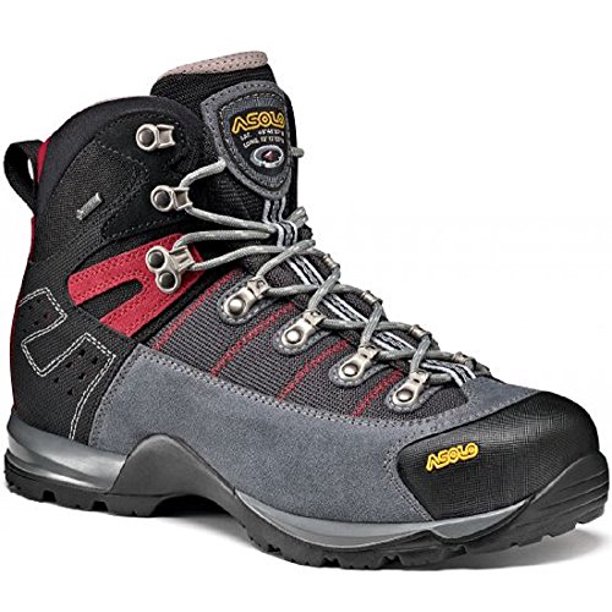 Asolo Fugitive GTX
Asolo Fugitive GTX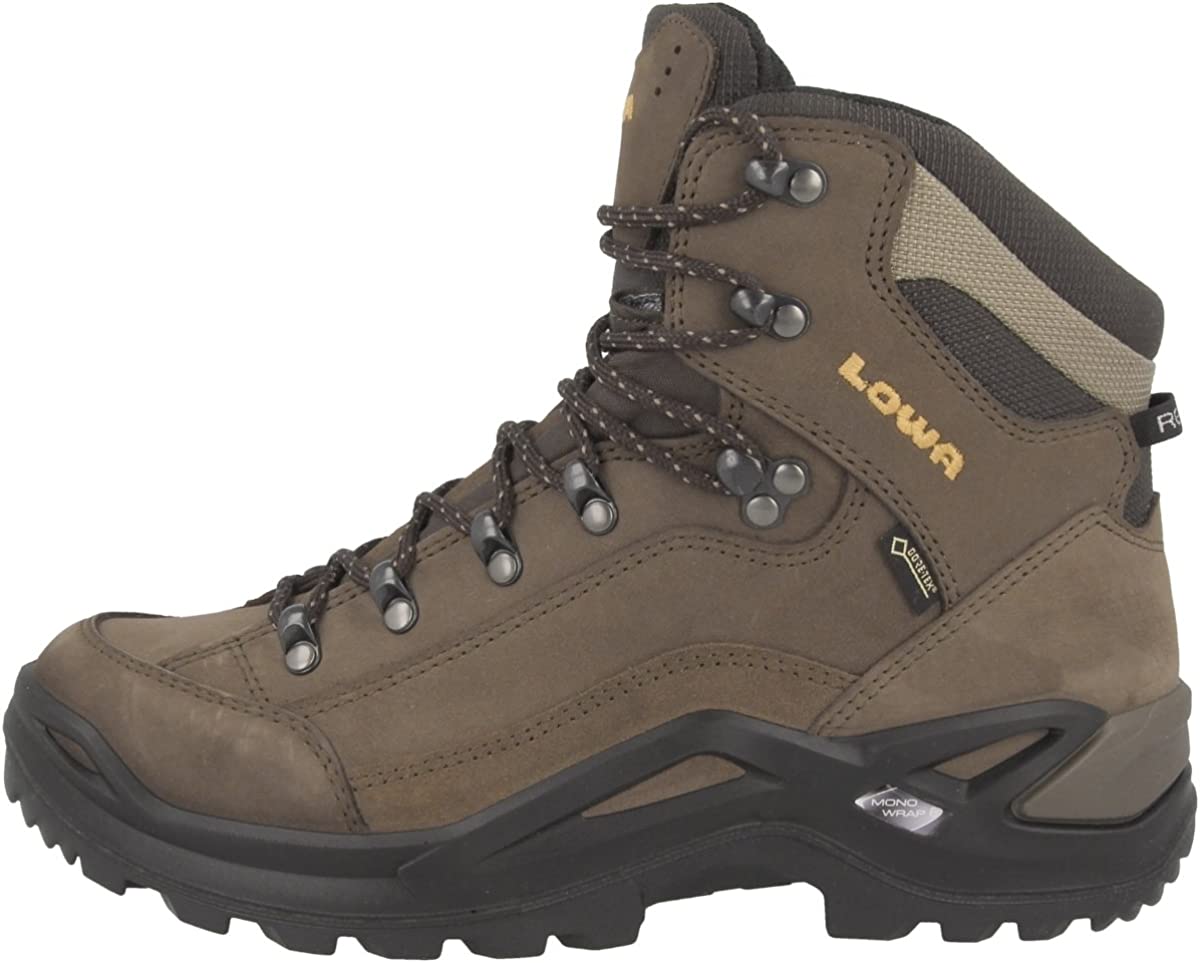 Lowa Renegade GTX
Lowa Renegade GTX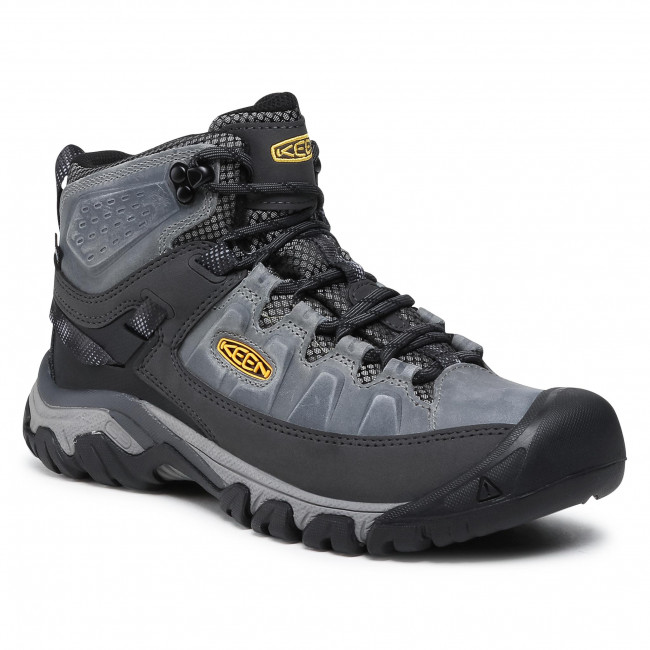 KEEN Targhee III
KEEN Targhee III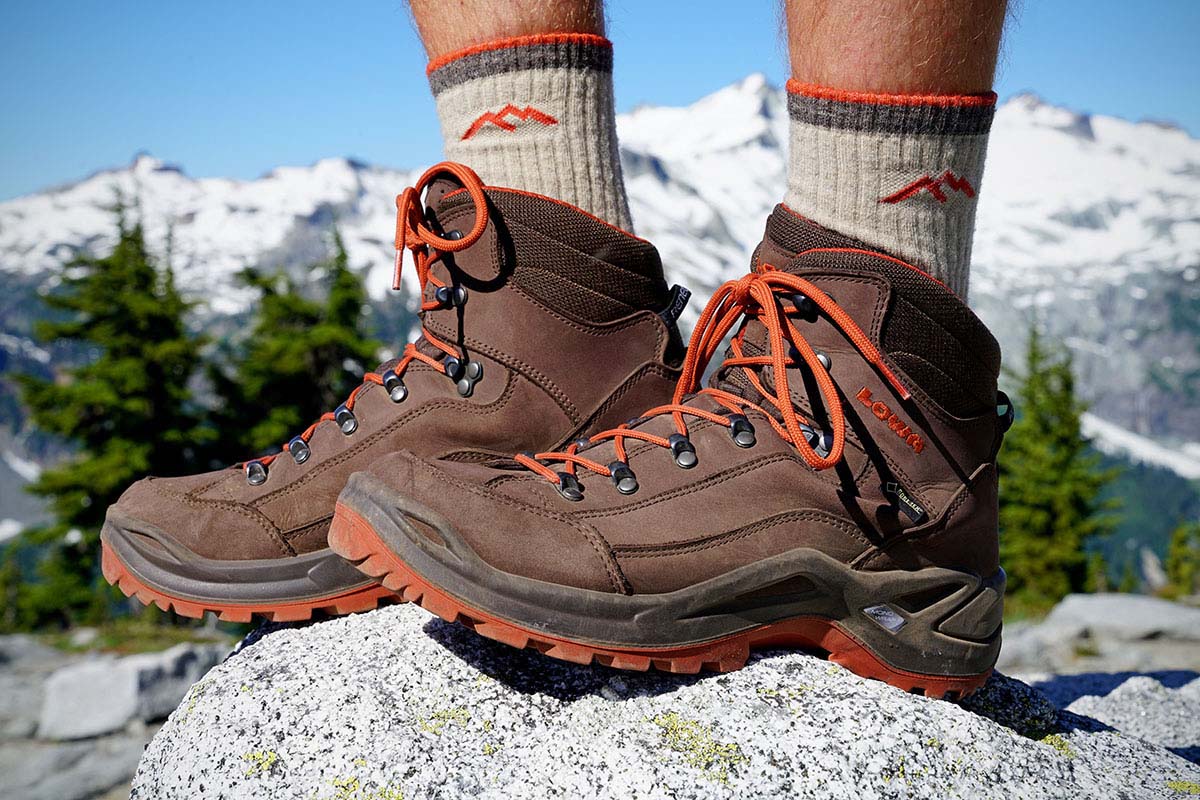
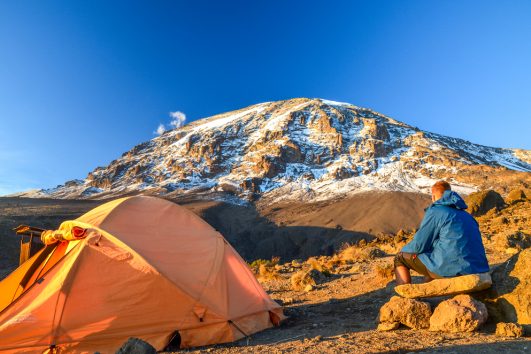
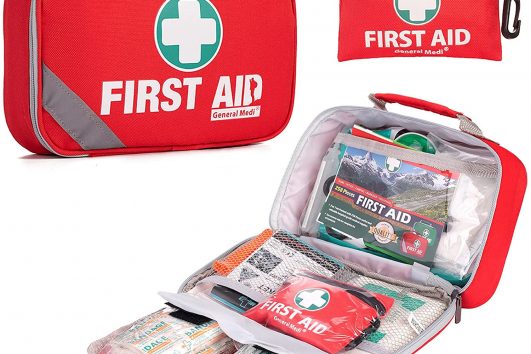
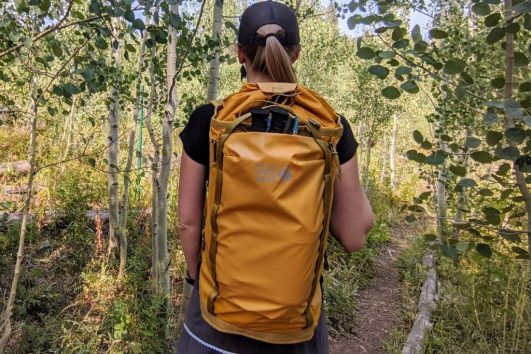
Tour Reviews
There are no reviews yet.
Leave a Review